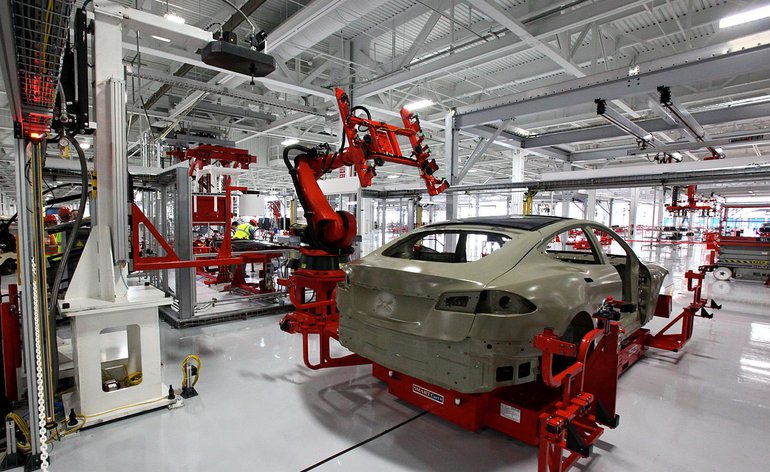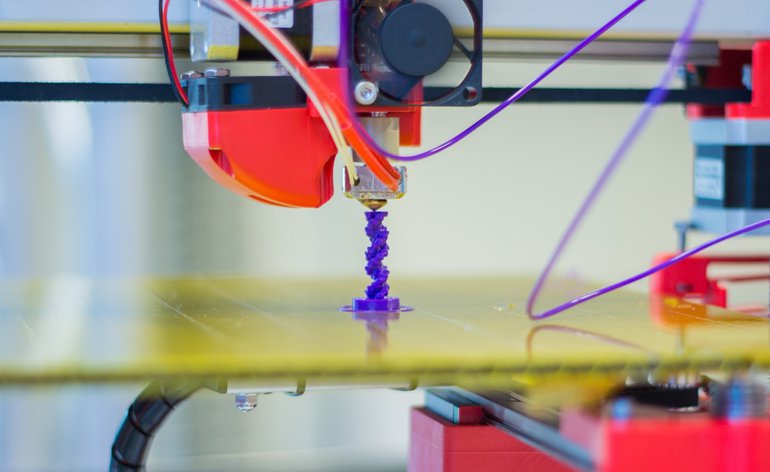Is Technology Displacing Craftsmanship?
In the world of luxury personalisation, the relationship between technology and craftsmanship is changing, does that mean our definition of luxury is changing too?
One enduring expression of luxury over the decades has been personalisation; the ability to have an object or service tailored to your exact needs, as ‘bespoken’ by you.
This is becoming ever more accessible as technology enables it to be done at a much lower incremental cost than has been the case in the past.
Take luxury cars for example. When you enter the website of your preferred brand (Aston Martin/ Mercedes/ Porsche?), you will be offered the services of a configurator. This will permit you to make a choice of colour, trim, wheels, accessories, amenities; as many extras as you wish in order to make the expression of that marque personal to you. It is unlikely, though not impossible, that another model just like it will ever be made. Thus what is in fact a car made on a production line using expensive and sophisticated robots is built according to your specification. This is possible because computer aided manufacturing techniques have advanced so that wide variation (although still within set bounds) is possible at a relatively modest cost.

Tesla Autobot Assembly Line
The paradox is amusing. Rather than mass production requiring increased standardisation and repetition, technology is facilitating what would once only have been available to those purchasing a small volume, handmade product. Any element of ‘hand-crafting’ will take place according to how it is already integrated into the production process. This level of individualisation is not a function of craft but of tech. Is this the opposite to the supposed trend towards artisanal, small scale making?
When we look at one of the latest forms of technology, we have 3D printing. This enables personalisation at the ultimate level of the one-off. A totally unique item can be produced wherever the printer is located. Heralded by some as the third industrial revolution, it offers the prospect of unique products that are dependant on the skills of the programmer rather than the craftsperson or workshop. Limited at the moment by the type of material that can be printed, the future will almost certainly see this constraint overcome. Digital technology will take a step closer to replacing handcraft.

3D Printing
In the 5 star hotel sector, guests increasingly expect a personalised experience. This can be arranged via the hotel’s apps or other software that ensures that a unique experience is delivered. The stay is programmed in detail according to the guests criteria, making it more memorable, building loyalty and encouraging positive reviews. At the same time, valuable data is generated and retained in order to improve future visits and to build up profiles and preferences relevant to other guests. Needs can be anticipated, apposite offers proffered and engagement intensified. Hotel staff will need to ensure that they have the technical expertise to manage these processes.
These developments challenge our perception of luxury. Customisation achieved through technological innovation, quality standards achieved through meticulous calibration and precision beyond the ability of any human hand. Our relationship to luxury, or rather its definition may be changing.
Source: www.luxurysociety.com



